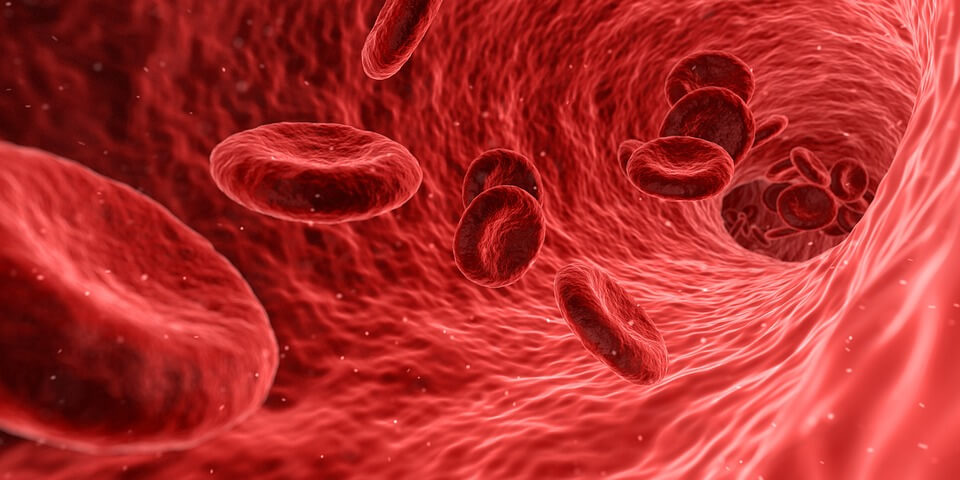



Business Inquiry
Global:
Email:marketing@medicilon.com
+1(781)535-1428(U.S.)
0044 7790 816 954 (Europe)
China:
Email: marketing@medicilon.com.cn
Tel: +86 (21) 5859-1500



Ischemia – the blocking or restriction of blood vessels – can cause loss of function in limbs and organs leading to heart attacks, strokes and gangrene. While larger vessels can be treated with surgery, smaller vessels are more complex.

Researchers included medical professional and engineers say they have developed 3D-printed patches infused with cells that provide a novel method to growing healthy blood vessels to treat ischemia. Their study (“3D-printed vascular networks direct therapeutic angiogenesis in ischemia”) was published in Nature Biomedical Engineering.
“Therapeutic angiogenesis, when growth factors are injected to encourage new vessels to grow, is a promising experimental method to treat ischemia,” said Christopher Chen, M.D., Ph.D., professor of biomedical engineering at Boston University. “But in practice, the new branches that sprout form a disorganized and tortuous network that looks like sort of a hairball and doesn’t allow blood to flow efficiently through it. We wanted to see if we could solve this problem by organizing them.”
Dr. Chen and his colleagues, Keith Ozaki, M.D., a surgeon at Brigham and Women’s Hospital, and Joseph Woo, M.D., head of cardiothoracic surgery at Stanford University, designed two patches with endothelial cells—one where the cells were preorganized into a specific architecture, and another where the cells were simply injected without any organizational structure. In vivo results demonstrated the patches with preorganized structure reflected a marked improvement in reducing the prevalence of ischemia, while the patches with no organization resulted in the “hairball” situation as described by Dr. Chen.
“This preclinical work presents a novel approach to guide enhanced blood flow to specific areas of the body,” said Dr. Ozaki. “The augmented blood nourishment provides valuable oxygen to heal and functionally preserve vital organs such as the heart and limbs.”
To 3D-print vessels on such a small scale (100 microns, small enough for tiny blood vessels), Dr. Chen leveraged his connection to Innolign, a Boston biomedical technology company he helped found. The 3D-printing approach allowed researchers at Innolign and Dr. Chen’s group to quickly change and test their designs, which helped them discern which patterns worked well. In addition, the 3D-printing technology allows for scalability, which will be helpful going forward as they move to test their designs in larger, more complex organisms and tissue environments.
“One of the questions we were trying to answer is whether or not architecture of the implant mattered, and this showed us that yes, it does, which is why our unique approach using a 3D printer was important,” said Dr. Chen. “The preorganized architecture of the patch helped to guide the formation of new blood vessels that seemed to deliver sufficient blood to the downstream tissue. While it wasn’t a full recovery, we observed functional recovery of function in the ischemic tissue.”
He noted that while the results of this project are promising, this approach is still in early stages. Going forward, his team will continue working on the scalability of the patches, while experimenting with different architectures to see if there is a structure that works even better than what they have tried so far.